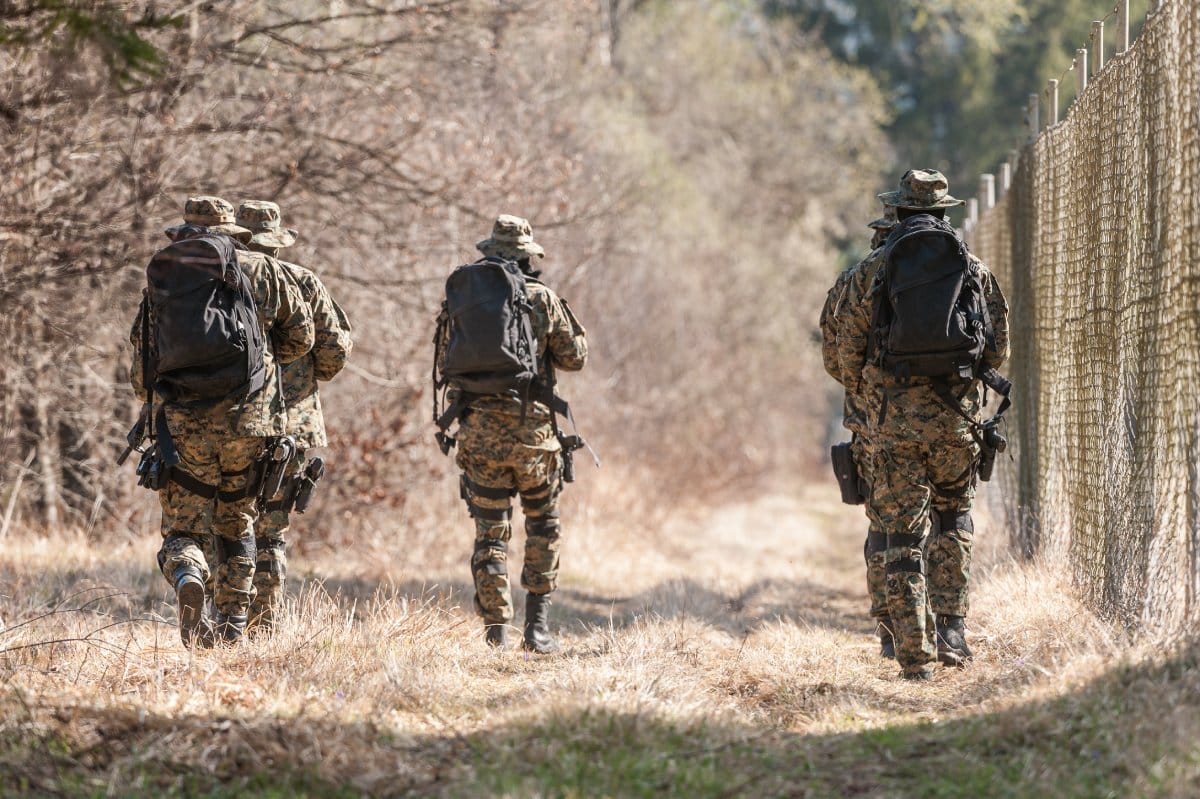Military uniforms have transformed dramatically over the centuries, constantly adapting to the changing demands of warfare, technological advancements, and strategic necessities. How has each element of the uniform evolved to better serve those on the front lines across various conflicts?
1. Colors and Patterns

Initially bright and conspicuous to identify troops easily, military uniforms adopted muted earth tones by World War I to enhance concealment. Modern times see the use of digital and multi-environment camouflage patterns, designed to conceal soldiers in various settings effectively.
2. Fabric Technology

Starting with the wool and cotton of early uniforms, today’s military garments utilize synthetic materials that provide breathability, moisture-wicking, and protection against chemical and biological hazards, crucial for diverse and harsh battlefield conditions.
3. Headgear

From the decorative tricorn hats of the 18th century to the steel helmets of World Wars, military headgear has evolved into advanced ballistic helmets with mounts for night-vision goggles and communication equipment, significantly enhancing both protection and functionality.
4. Body Armor

Body armor has progressed from medieval chainmail to modern lightweight vests made of materials like Kevlar, capable of stopping high-caliber rounds while allowing mobility, crucial for protection in modern combat scenarios.
5. Boots

Evolution in footwear has taken military boots from simple leather designs to advanced models designed for various terrains. Today’s boots feature rugged materials, enhanced ankle support, and specialized soles for grip and comfort during extended operations.
6. Utility and Accessories

Belts and harnesses have evolved from simple weapon holders to sophisticated modular systems that support a wide range of equipment, including hydration systems, medkits, and technology tools, reflecting the multifaceted roles of modern soldiers.
7. Camouflage

From basic green and tan patterns intended for specific environments, camouflage has evolved into scientifically designed patterns that effectively break up a soldier’s outline in multiple operational theaters, from desert to urban landscapes.
8. Medals and Ribbons

While the placement and prominence of medals and ribbons have changed, their importance remains. They have evolved from simple badges to complex systems displaying rank, achievements, and honors, maintaining morale and a sense of accomplishment.
9. Gloves

Early military gloves were designed merely for warmth. Modern iterations are engineered for multifunctionality, including touchscreen compatibility, enhanced grip, and protection against environmental hazards.
10. Night Vision Compatibility

Uniforms now integrate technology that works with night vision equipment, including infrared-reflective fabrics and patches, ensuring that soldiers are effective and coordinated even in low-light conditions.
11. Weather Adaptability

The concept of a single uniform for all conditions has given way to specialized attire designed for specific climates: lightweight for deserts, layered and insulated for arctic conditions, ensuring soldiers’ effectiveness regardless of weather.
12. Rank Insignia

Rank insignias have transitioned from conspicuous and elaborate designs to subdued patches or pins that are visible up close but do not compromise a soldier’s concealment from afar.
13. Zippers and Closures

Replacing buttons and hooks, zippers and Velcro provide quick and reliable means to secure uniforms and equipment, minimizing the time needed for soldiers to prepare or adjust their gear in field conditions.
14. Hydration Systems

Modern military gear often includes built-in hydration systems, allowing soldiers easy and quick access to water without compromising their readiness or safety, a critical feature for maintaining hydration in strenuous or hot environments.
15. Integrated Technology

Uniforms today can include embedded GPS trackers, biometric monitors, and communication tools, fundamentally enhancing battlefield coordination and monitoring soldier health and status in real-time.
The Future

Each iteration of the uniform not only enhances the functionality and safety of the wearer but also reflects broader military strategies and historical contexts. As warfare and technology continue to evolve, so too will the uniforms, promising even greater integration of technology and adaptability in the future.
The post Military Uniforms From Drab to Fab first appeared on Mama Say What?!
Featured Image Credit: Shutterstock / FabrikaSimf.
For transparency, this content was partly developed with AI assistance and carefully curated by an experienced editor to be informative and ensure accuracy.





